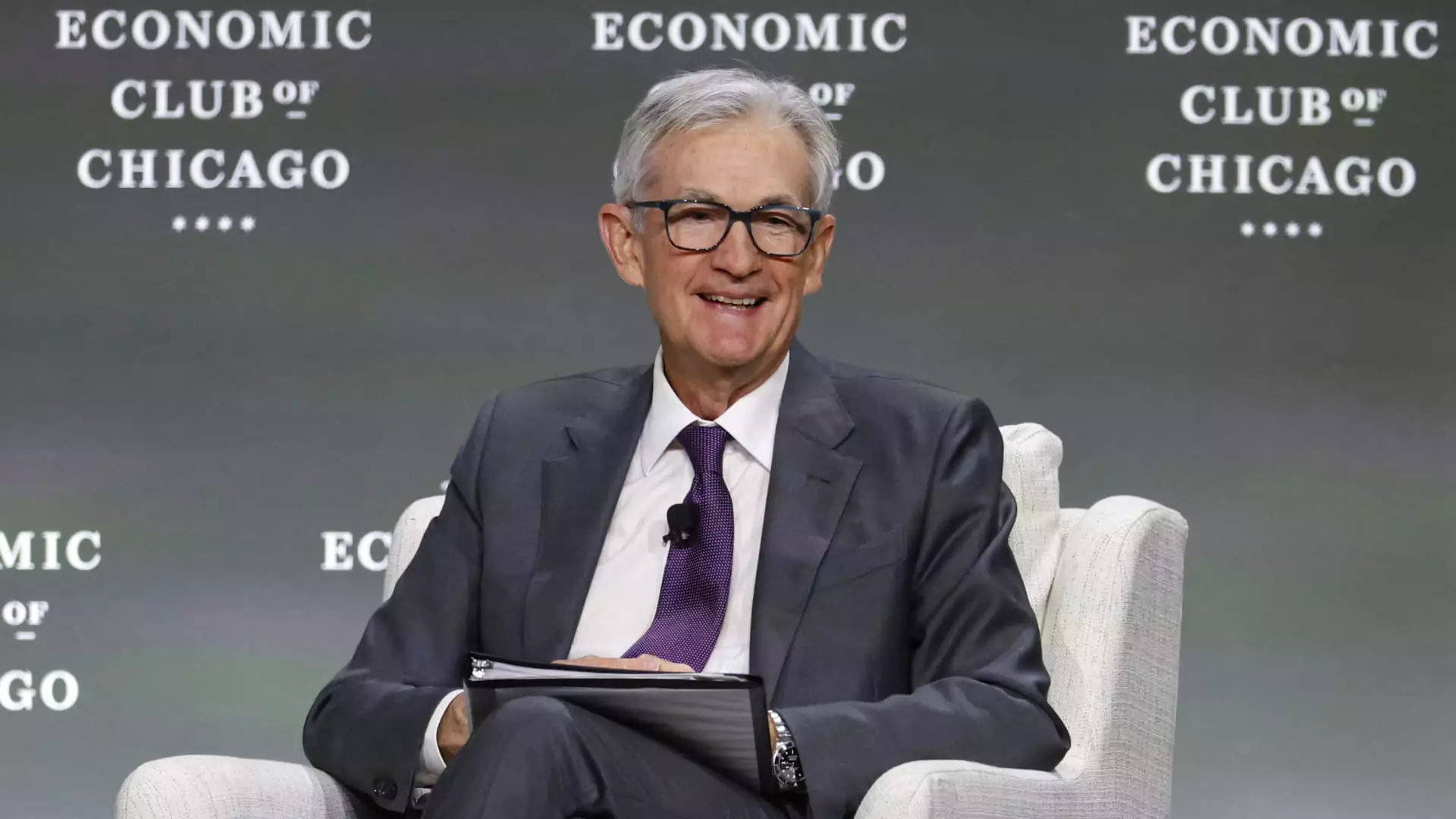As the Federal Reserve prepares for its next policy meeting, the atmosphere is thick with uncertainty and indecision. With the global economic climate hanging by a thread, policymakers find themselves in an awkward position, unable to provide concrete forecasts or take decisive action. The continuous turbulence stemming from President Trump’s trade tariffs, juxtaposed with mixed economic signals, has left the Fed with little choice but to adopt a wait-and-see approach. The looming question remains: should they intervene now or sit tight? The truth is, in the world of monetary policy, patience is often the unsung hero.
The Trade War Tango: Tariffs and Tensions
At the center of this dilemma are tariffs that have rattled the markets and created a backdrop of anxiety among consumers and businesses alike. The unpredictable nature of President Trump’s trade policies has painted an uncertain picture of the future. While some officials claim trade deals are on the horizon, the lack of concrete announcements leaves many skeptical. Anxiety over tariffs isn’t just a passing concern; it has implications that influence inflation expectations and consumer confidence. It is almost comical that while the Fed is expected to navigate this turbulent sea of economic data, the White House remains somewhat aloof, tossing around rhetoric that troubles markets more than it comforts them.
The Data Dilemma: Pessimism vs. Performance
When examining the Fed’s options, the mixed signals from economic data only amplify the confusion. On the one hand, there are bright spots: the economy added a robust 177,000 jobs last month, contradicting the doom-and-gloom forecasts about employment. On the other hand, the GDP witnessed a decline, a stark reminder that numbers can be misleading and that the economy is teetering between growth and recession. Despite low unemployment, consumer confidence is faltering, with many fearing that the inflation they anticipate could become a self-fulfilling prophecy. The Fed must exercise extreme caution, for they do not want to be seen acting rashly in turbulent waters.
The Market Reaction: What Comes Next?
What should the Fed do when the markets seem to expect an interest rate cut but the actual data is clouded in ambiguity? Futures markets have somewhat stabilized, suggesting a nearly nonexistent chance of an immediate cut. This hesitance prompts the Fed to be vigilant; too drastic a move, and they risk spooking the markets that have learned to dance to their tune. While some analysts advocate for aggressive cuts to stimulate the economy ahead of a potential slowdown, the reality is that anticipation might be a more prudent approach. The intricacies of economic forecasting make it perilous territory for the central bank.
Avoiding the Pitfalls of Politics
In sharp contrast, the dynamic between political leadership and monetary policy seems increasingly blurred. President Trump’s persistent lobbying for rate cuts presents a unique challenge to Fed Chair Jerome Powell. The Fed must maintain its independence, ensuring that any decision made is grounded in economic fundamentals rather than political whims. True, political pressure adds an element of drama to the proceedings, but succumbing to this influence could undermine the credibility of the institution itself. Reinhart argues the Fed is more likely to band together against outside criticism rather than give in to the pressures from the White House. This level of resilience is both commendable and crucial.
The Road Ahead: What Lies Beyond?
As we look ahead to June’s meeting, the Fed’s strategy must align with a nuanced understanding of evolving economic conditions. With a dearth of actionable data and a worsening trade environment, patience becomes a powerful tool. There are two paths: one that leads toward short-term fixes that could destabilize the long-term health of the economy, or another guided by prudence that encourages stability. The Fed’s caution thus far is not only warranted; it is necessary. Reining in unwarranted optimism can be painful yet fruitful if it safeguards the economy from potential pitfalls.
In sum, the Federal Reserve stands at a delicate junction, where every decision is amplified in the public eye, and the stakes grow higher with every passing day. With imminent trade negotiations and internal pressures mounting, the need for equilibrium and precision could not be more critical. The political landscape may sway, but it is the Fed’s duty to remain steadfast, using analytical foresight rather than reactive impulses as their guiding principle in times of precariousness.

